New to homemade sourdough bread or simply improving your craft? Everyday Sourdough from Emilie Raffa’s book Artisan Sourdough Made Simple is a fabulous starting point for new sourdough bakers or simply to hone your sourdough skills. DIY a Sourdough Bread Starter to create a beautiful wild yeast sourdough loaf!
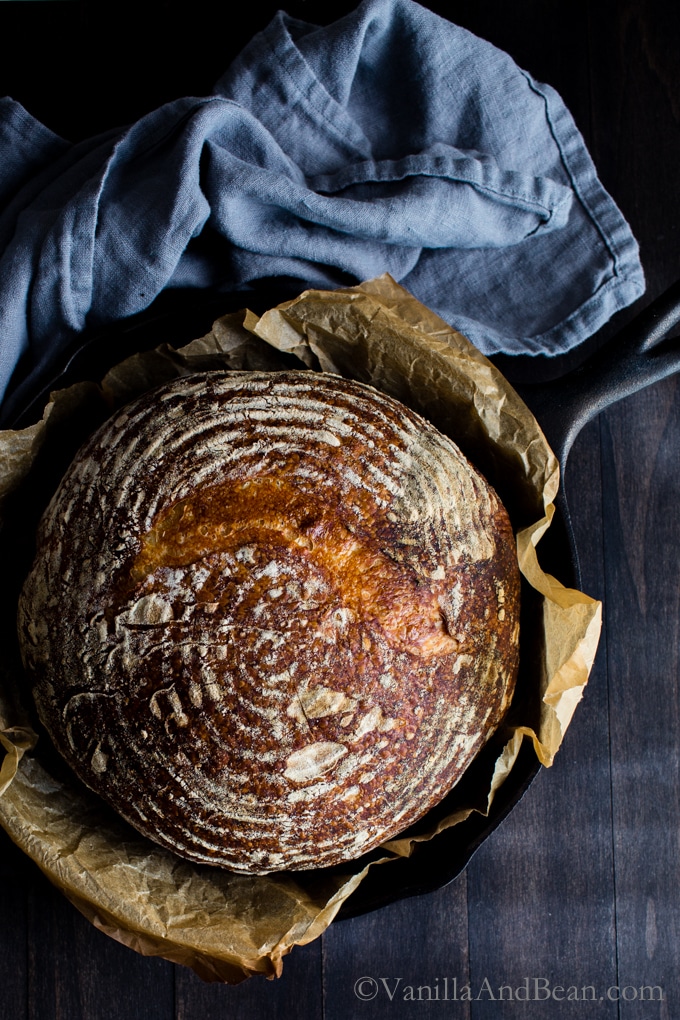
DISCLOSURE: I received a copy of Emilie’s new book and am thrilled to be able to share her fabulous book in this space (with permission). All opinions are my own.
Table of Contents
A Sourdough Journey
Prior to going to pastry school, I’d never tried making homemade sourdough bread, although I had read books about it. Intimidated by the terminology, flours, feeding schedules, shaping techniques and knowing, I never took the time or had the courage to dive in.
During pastry school I worked with yeasted bread until I could make it in my sleep. But it was naturally leavened sourdough that continued to mystify me. Only having a few opportunities in school to work with it, I never really gained the hands on knowledge I’d anticipated. So, I continued to read about it, gleaning little nuggets that would some day make me the bread baker I wanted to be.
RELATED: Make an Easy Homemade Sourdough Starter!
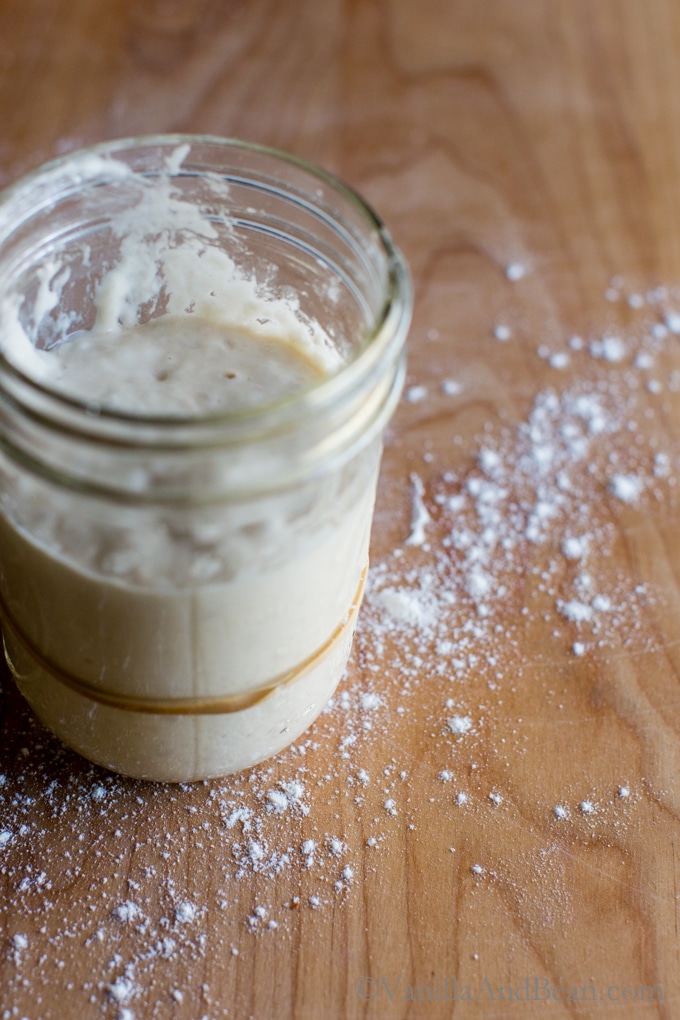
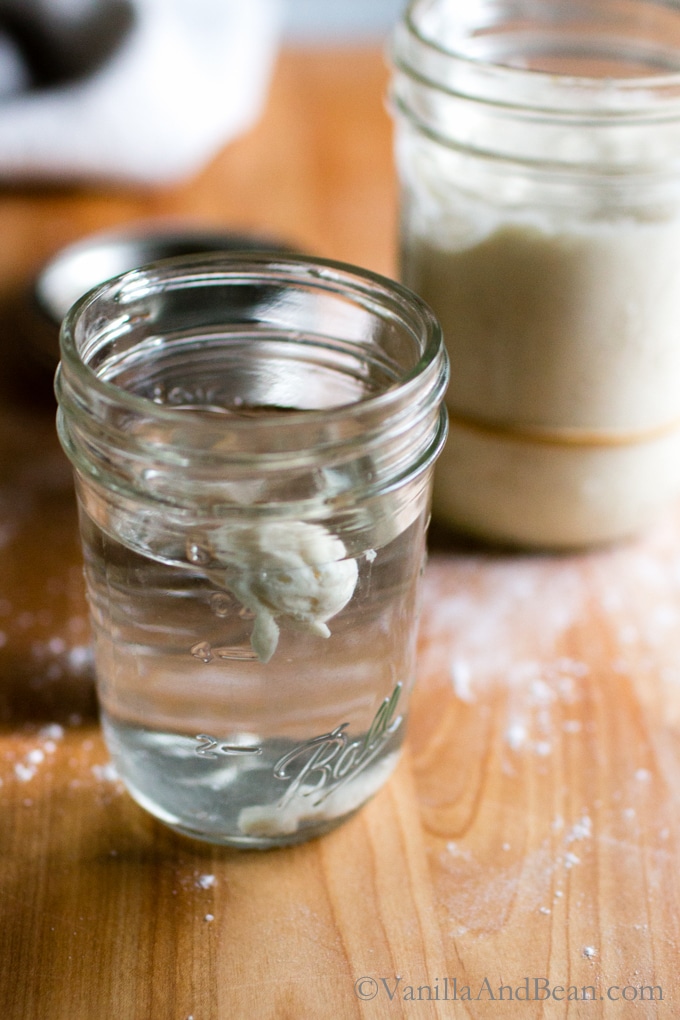
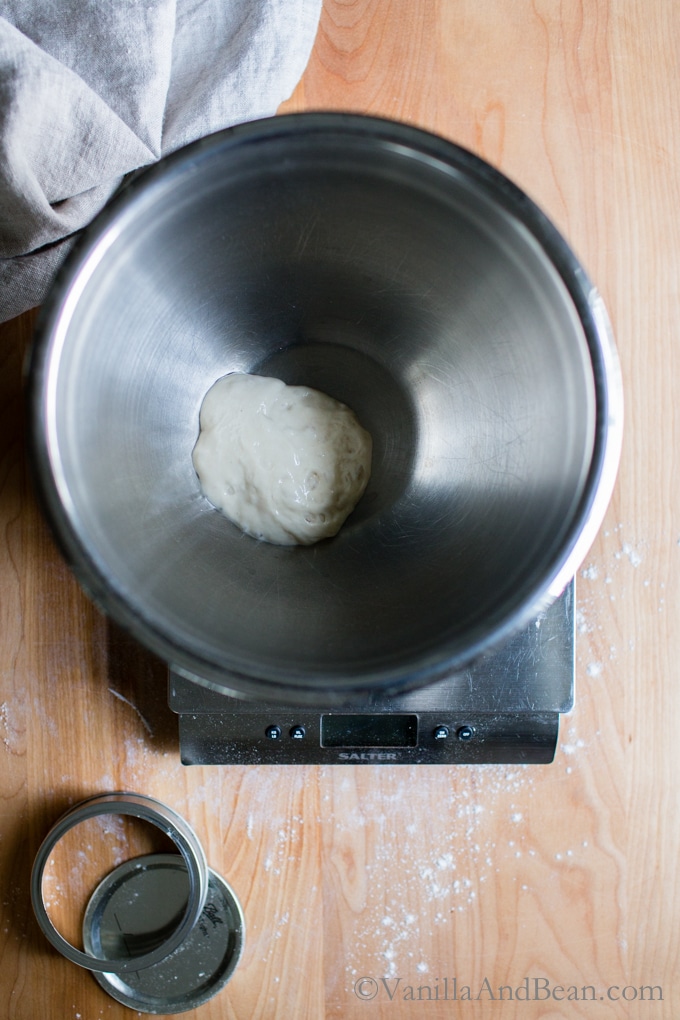
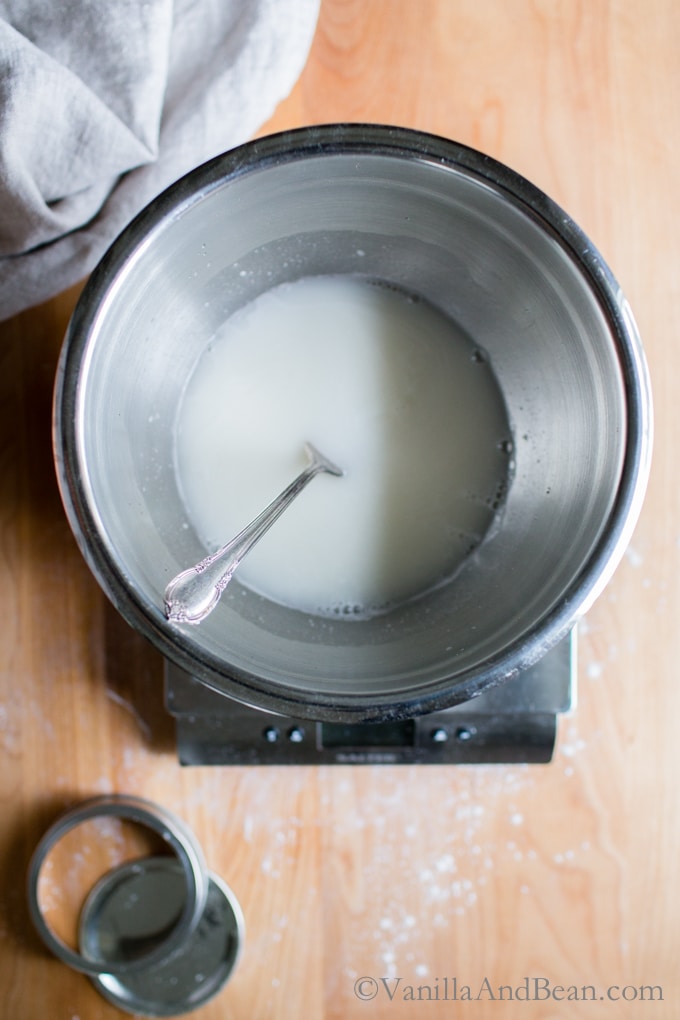
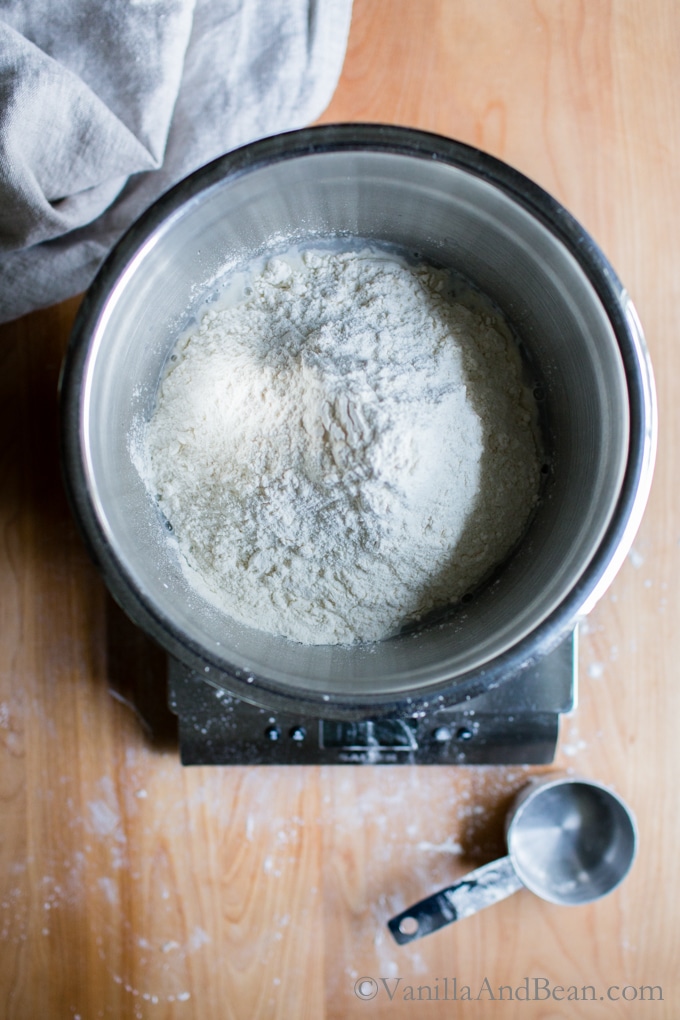
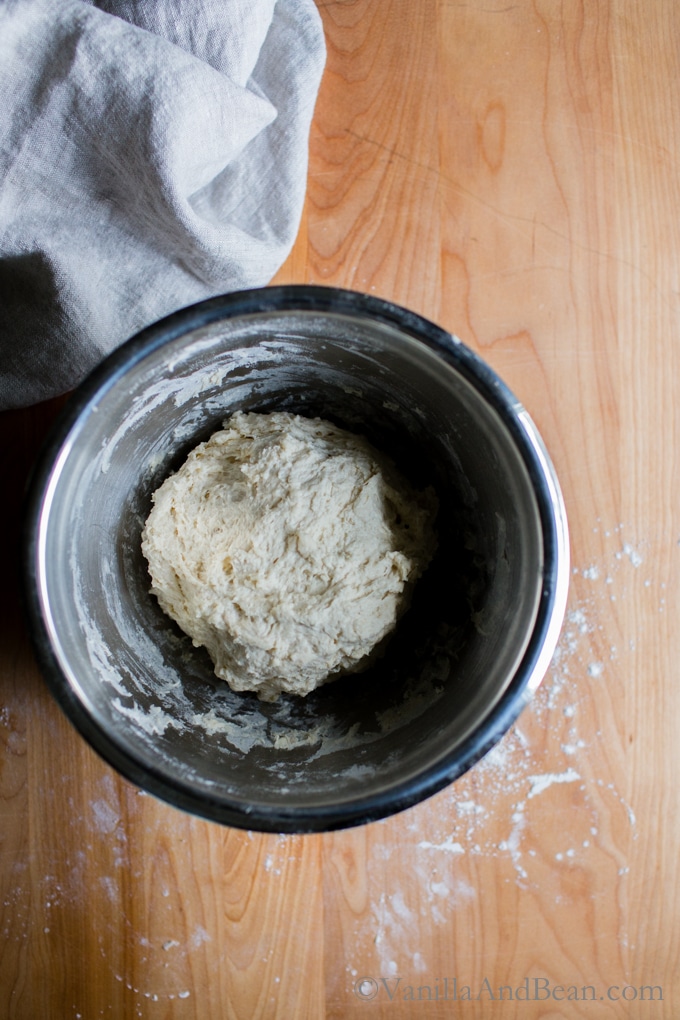
A friend of a friend offered some sourdough starter, knowing my interest. I promptly killed it after attempting sourdough again. Then, I carried some of my mom’s starter back to Whidbey with me after a visit to Texas.
I persisted, yet…
I couldn’t quite get the dough to its fluffy pillowy softness, the crumb to its tender-chewy texture, or the crust to its crusty bliss as I had tasted, seen in books, on Emilie’s blog and bakeries.
I tried again, still not producing the loaf of my dreams. Why is this SO hard?
I gave up sourdough baking early last winter with the hopes of starting again this fall.
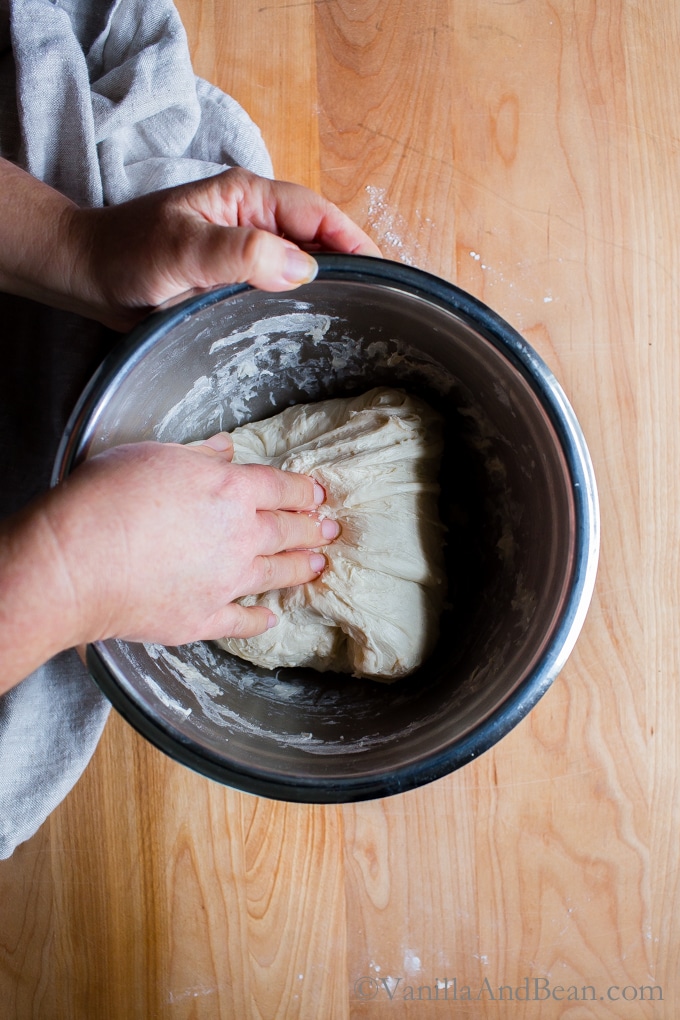
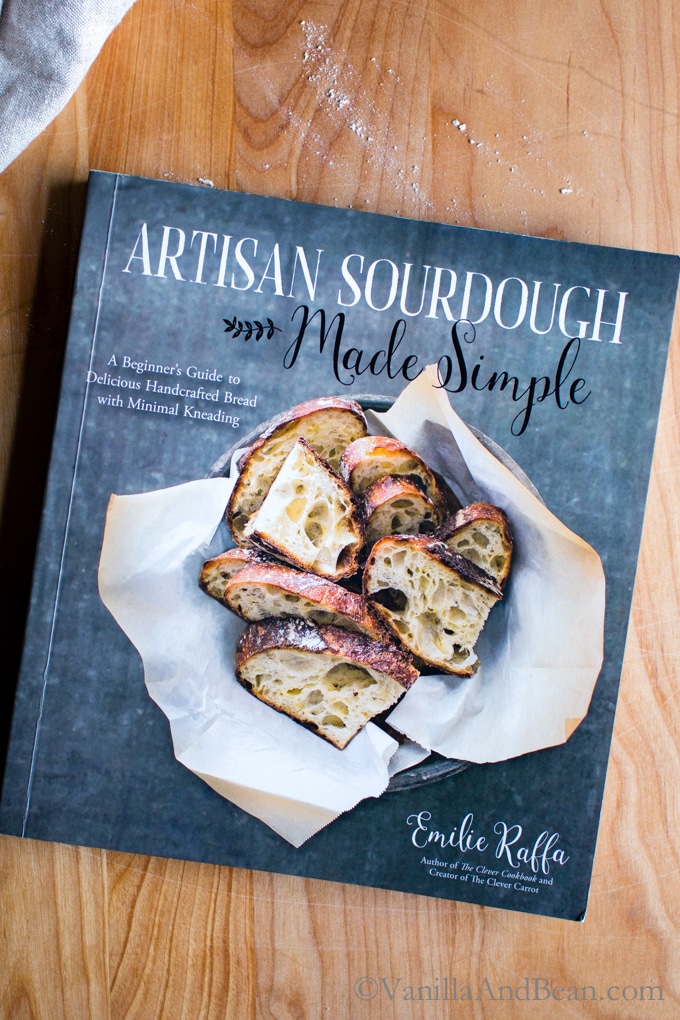
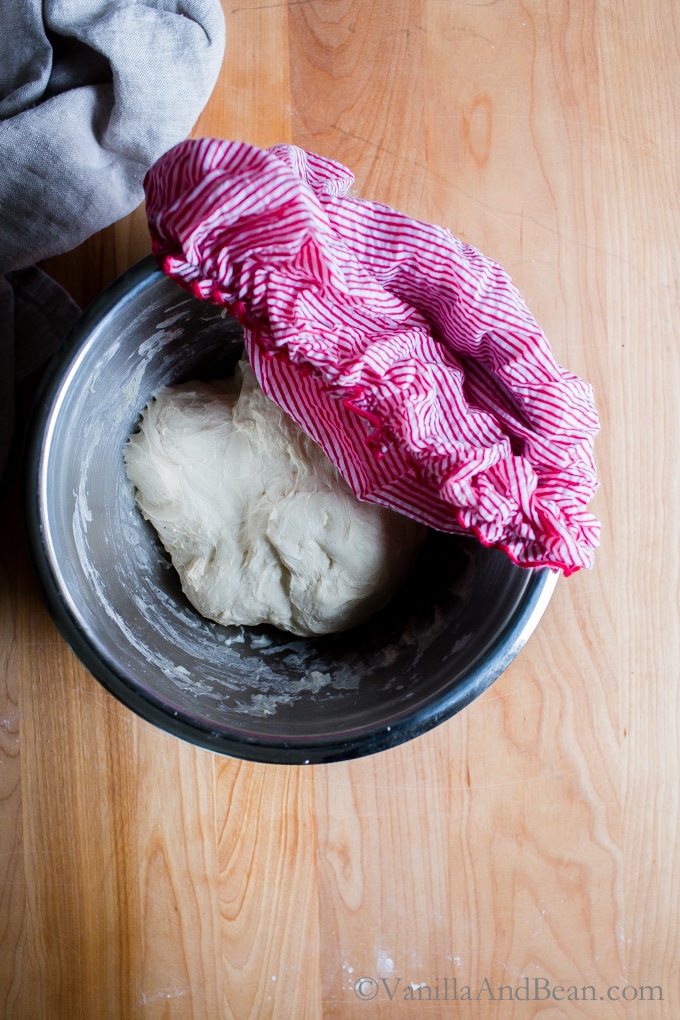
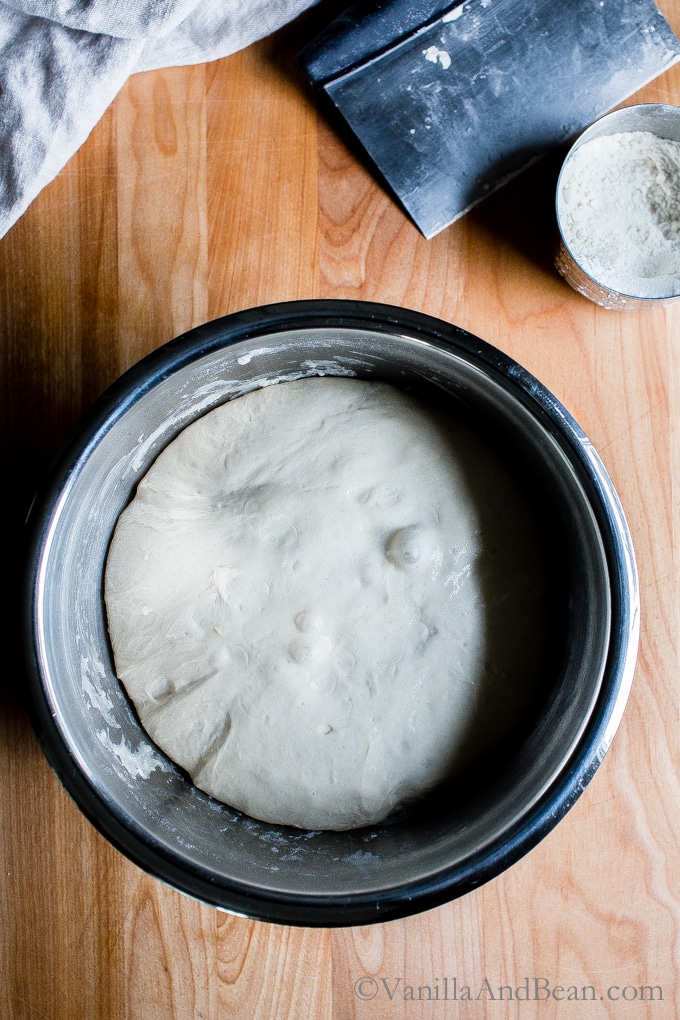
Sourdough Success!
Enter Emilie Raffa’s new book Artisan Sourdough Made Simple. When I heard she was publishing a book on her sourdough method, I knew it would be my best chance yet to finally learn how to make the perfect loaf. I’ve been following Emilie’s blog, The Clever Carrot, for a while now. You may remember I introduced a cauliflower bolognese recipe from her first cookbook on the blog last year (I know, right?).
Her recipes, writing and photography draw me in, making me feel as if I’m in the kitchen with her. Practical, and not fussy, her writing nudges and encourages me along in the process.
After diving into sourdough again using Emilie’s through and approachable new book and in a short period of time, I can confidently say,
I am a sourdough baker.
You can do it too!
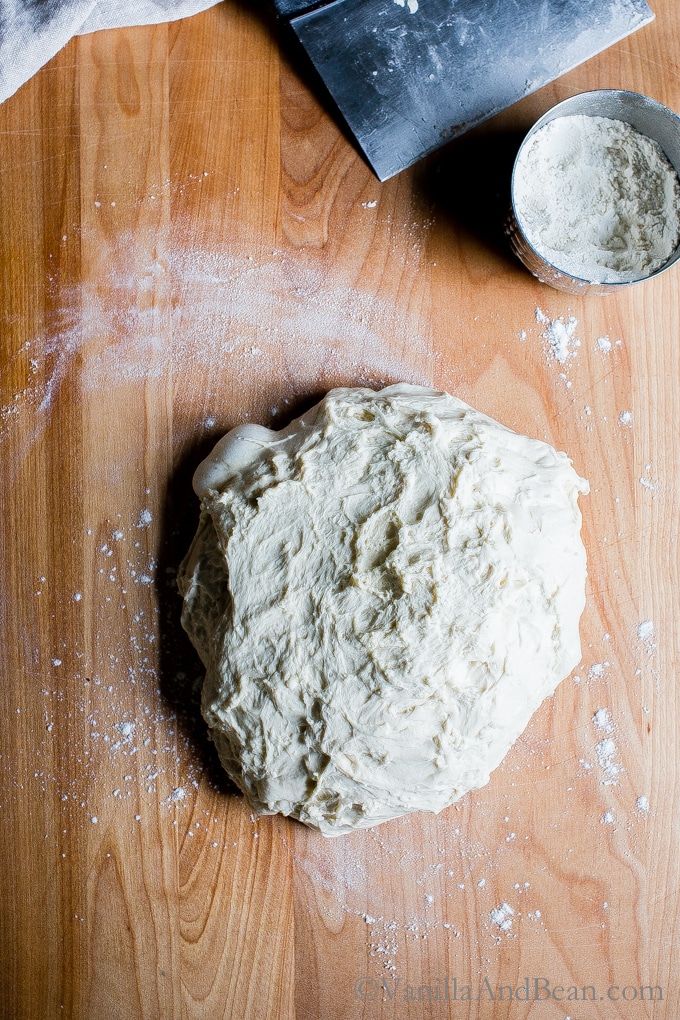
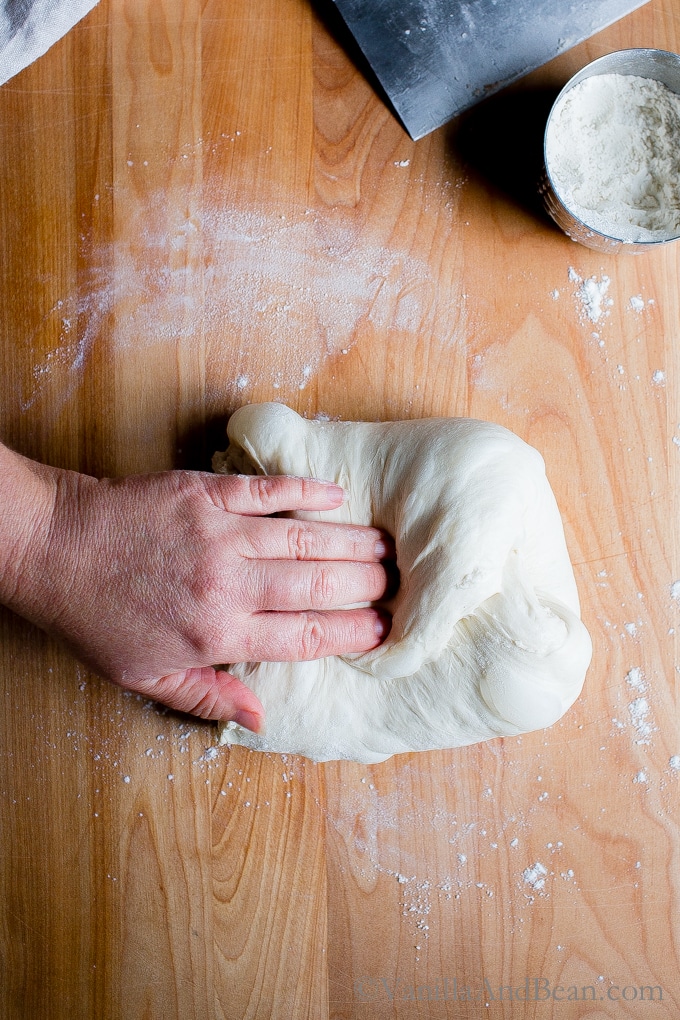
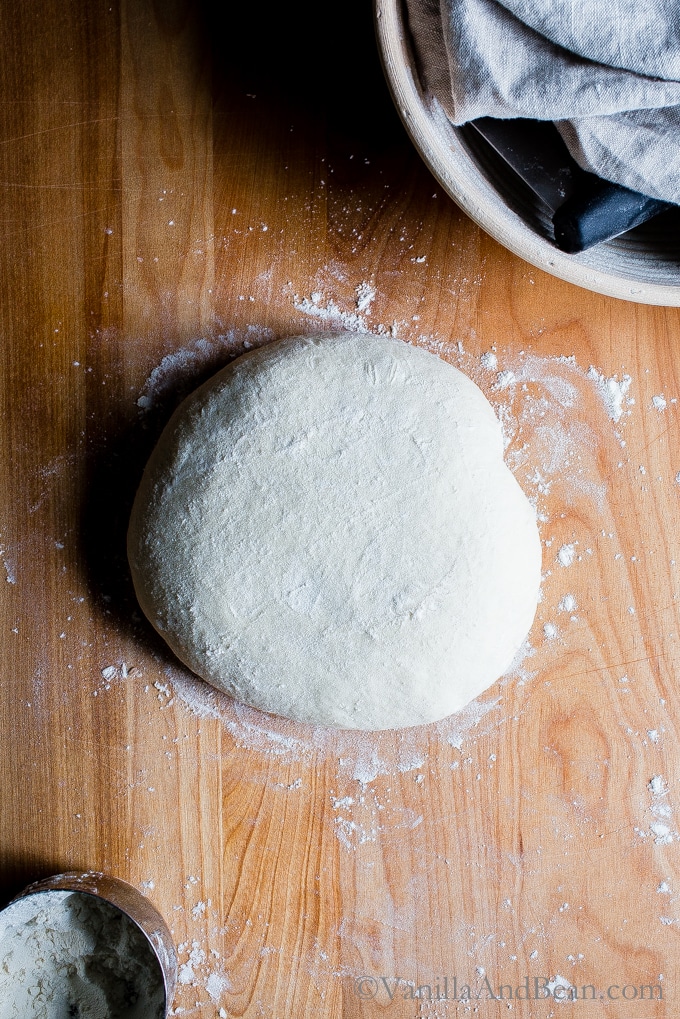
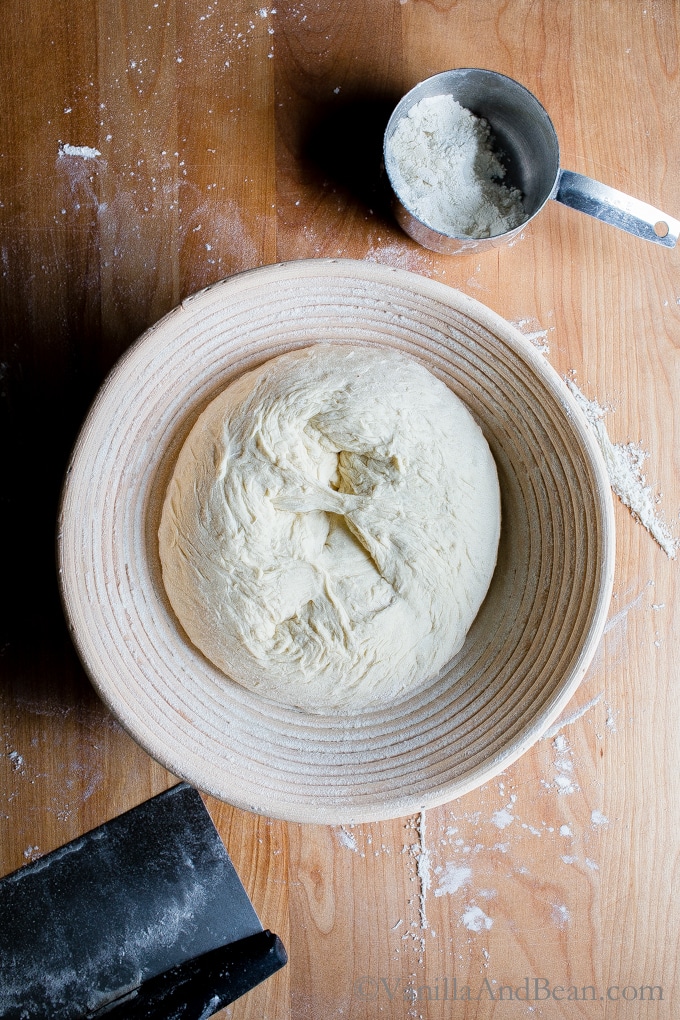
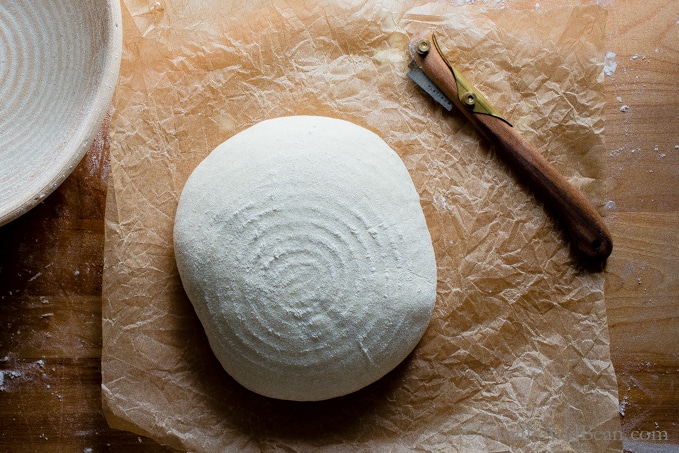
Artisan Sourdough Made Simple Includes
- Photography of every recipe
- Illustrations and photography for basic tools, handling, shaping, and scoring patterns
- How to make and maintain (a sticking point for me) a sourdough starter
- FAQ section – so helpful
- Sourdough terminology – explained simply
- Good to Know tips in each section
- Sweet and savory loaves
- Crusty and soft sandwich loaves
- Recipes for leftover sourdough starter (!!)
I’ve baked three everyday sourdough loaves, and a cheddar-jalapeño chive loaf (omgeeee!), and made gruyere-chive crackers and waffles with leftover sourdough starter. I love them all and can’t wait to try her basic no-knead focaccia, mighty multigrain, and cinnamon raisin swirl among so many others. I’m just getting started!
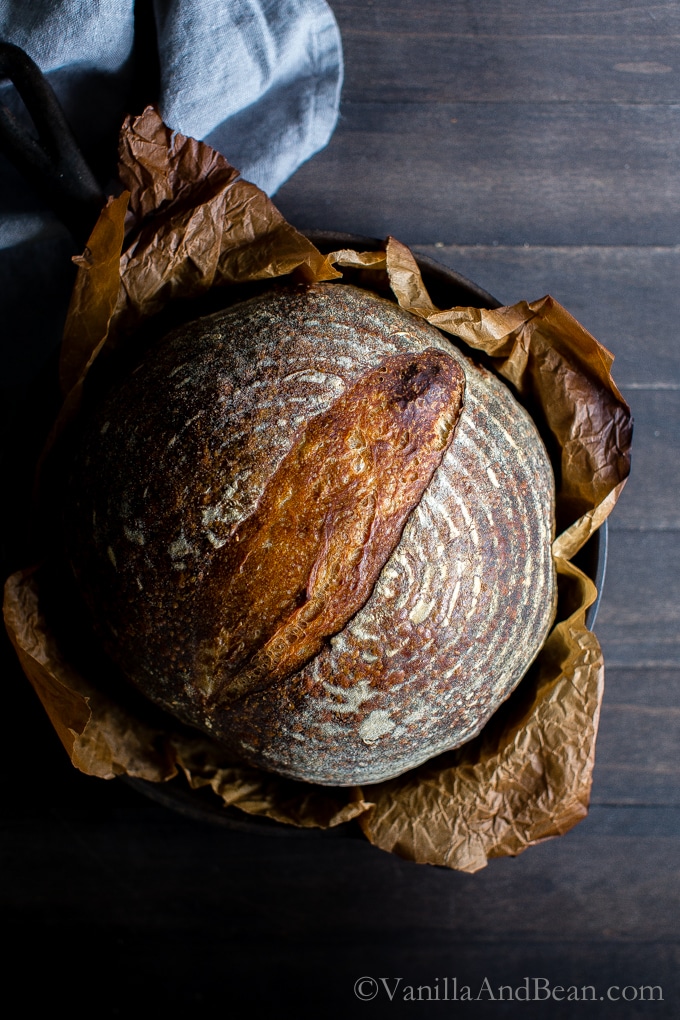
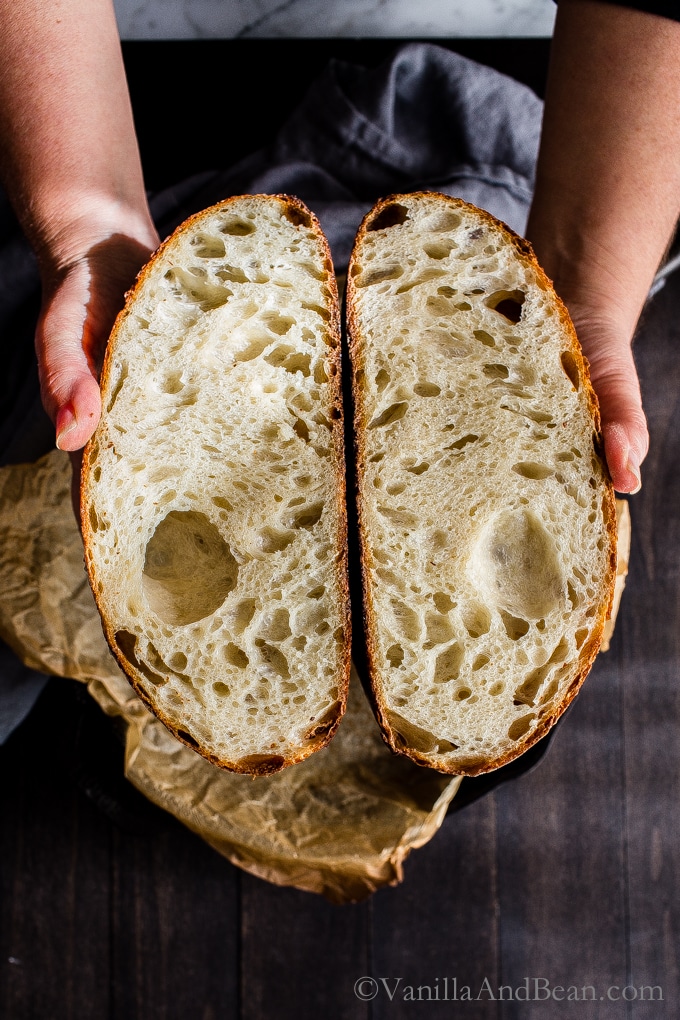
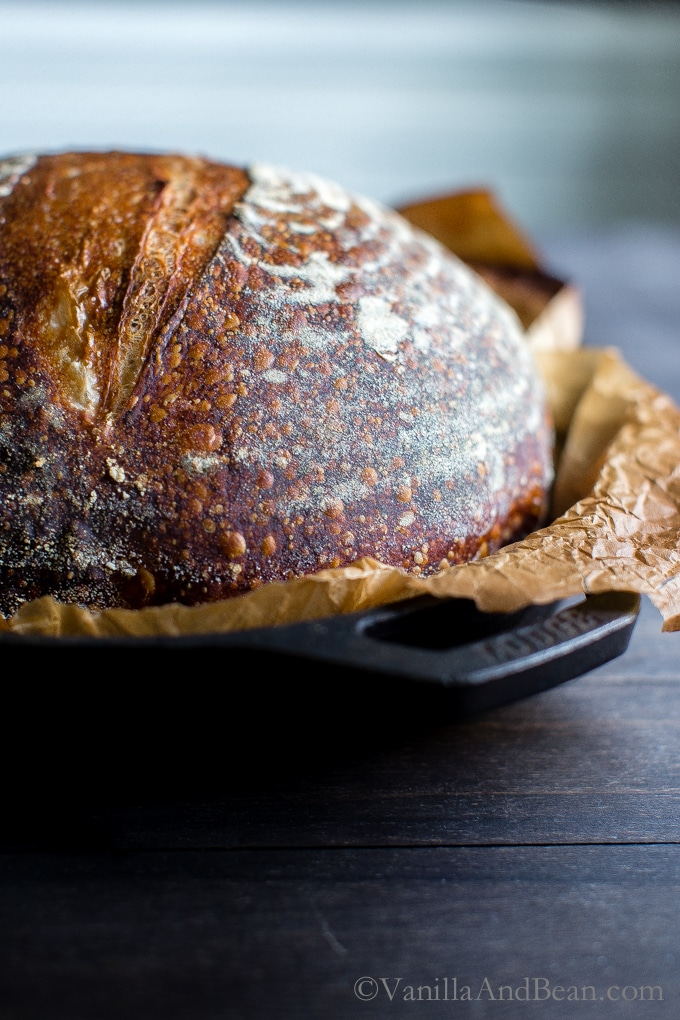
An Essential Resource
Emilie’s book is for the beginner or more advanced sourdough baker. So if you’re just starting sourdough, intrigued or have been baking for a while, this book is for you. Her recipes are approachable, creative, completely mouthwatering and clearly written for success. Her photography and gentle nudges will inform and inspire you.
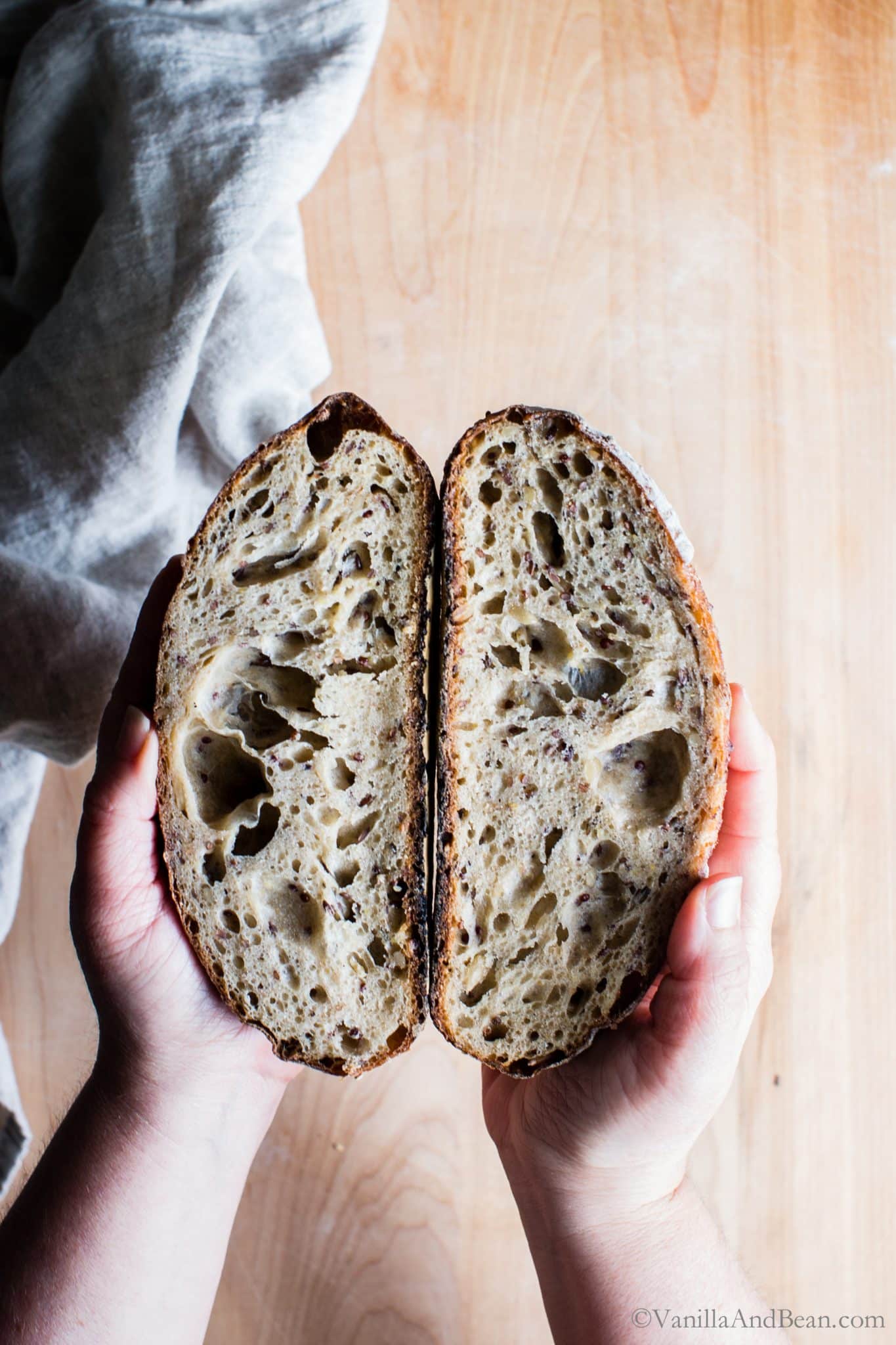
Looking for a fabulous Multigrain Sourdough Bread recipe to challenge your bread baking prowess? Check out my Seeded Multigrain Sourdough Bread or my Maple Oat Sourdough Sandwich Bread recipe.
My Sourdough Toolkit (affiliate links):
-
-
- 7 Quart Dutch Oven
- 10″ Cast Iron Skillet with Deep Dish Skillet for a lid
- Bench Scraper
- Parchment Paper
- Food Thermometer
- Lame – for scoring the dough
- Banneton(s)
- Digital Scale
-
More Sourdough Recipes to Love
- Sourdough Pita Bread
- Sourdough Discard Chocolate Chip Cookies
- Soft Sourdough Dinner Rolls
- Sourdough Pizza
- Sourdough Hamburger Buns
- Fluffy Sourdough Banana Muffins – discard recipe
- Sourdough Oat Pancakes – discard recipe
- Easy Sourdough Biscuits Recipe – discard recipe
- Strawberry Shortcake with Sourdough Biscuits – discard recipe
Emilie’s Everyday Sourdough Recipe
Ingredients
- 1/4 cup (50g) Sourdough Starter previously fed, active and bubbly
- 1 1/3 cup + 2 tablespoons (350g) Warm Water about 80f (26c)
- 4 cups (500g) Bread Flour
- 1 1/2 teaspoons Fine Sea Salt
Instructions
- Make the Dough: In the evening, whisk the starter and water together in a large bowl with a fork. Add the flour and salt. Combine until a still dough forms, then finish mixing by hand to fully incorporate the flour. The dough will feel dense and shaggy, and it will stick to your fingers as you go. Scrape off as much as you can. Cover with a damp towel and let rest for 30 minutes. Replenish your starter with fresh flour and water, and store according to preference. After the dough has rested, work the mass into a fairly smooth ball. To do this, grab a portion of the dough and fold it over, pressing your fingertips into the center. Repeat, working your way around the dough until it begins to tighten, about 15 seconds.
- Bulk Rise: Cover the bowl with a damp towel and let rise overnight at room temperature. This will take about 8-10 hours at 70F (21C). The dough is ready when it no longer looks dense and has doubled in size. (Traci's Note: Mine generally takes 12-13 hours to rise, but I have a chilly kitchen!).
- Shape: In the morning, coax the dough into a lightly floured work surface. To shape it into a round, start at the top and fold the dough over towards the center. Turn the dough slightly and fold over the next section of dough. Repeat until you have come full circle. Flip the dough over and let rest for 5 to 10 minutes. Meanwhile, line an 8-inch (20cm) bowl with a towel (or use a banneton) and dust with flour. With floured hands, gently cup the dough and pull it toward you in a circular motion to tighten its shape. Using a bench scraper, place the dough into the bowl, seam side up.
- Second Rise: Cover the bowl and let rest for 30 minutes to 1 hour. The dough is ready when it looks puffy and has risen slightly but has not yet doubled in size. Preheat the oven to 450F (230C). Cut a sheet of parchment paper to fit the size of your baking pot leaving enough excess around the sides to remove the bread. **UPDATE (5.20)** Place a sheet pan on an oven rack directly under the oven rack you'll be baking the bread on. This protects the baking vessel from the intense heat of the oven and helps prevent a too-dark or burnt bottom. (See notes for more information).
- Score: Place the parchment over the dough and invert the bowl to release. Sprinkle the dough with flour and gently run the surface with your hands. Using the tip of a small, serrated knife or a razor blade, score the dough with a cross-cut pattern about 1/3" (8mm) deep and about 2-3" (5-7cm) on the top or any way you like. Use the parchment to transfer the dough to the baking pot.
- Bake: Bake the dough on the center rack for 20 minutes, covered. Remove the lid and continue to bake for 30 minutes. Then, carefully remove the loaf from the pot and bake directly on the oven rack for the last 10 minutes to crisp the crust. (To check if the bread is ready, check the internal temperature of the loaf. It should read between 190F-205F when done.) When finished, transfer to a wire rack. Cool for 1 hour before slicing. Sourdough is best consumed on the same day it's baked. To maximize freshness, cool completely and store at room temperature in a plastic bag for up to one day (My sourdough is generally storing for between 3-4 days.)

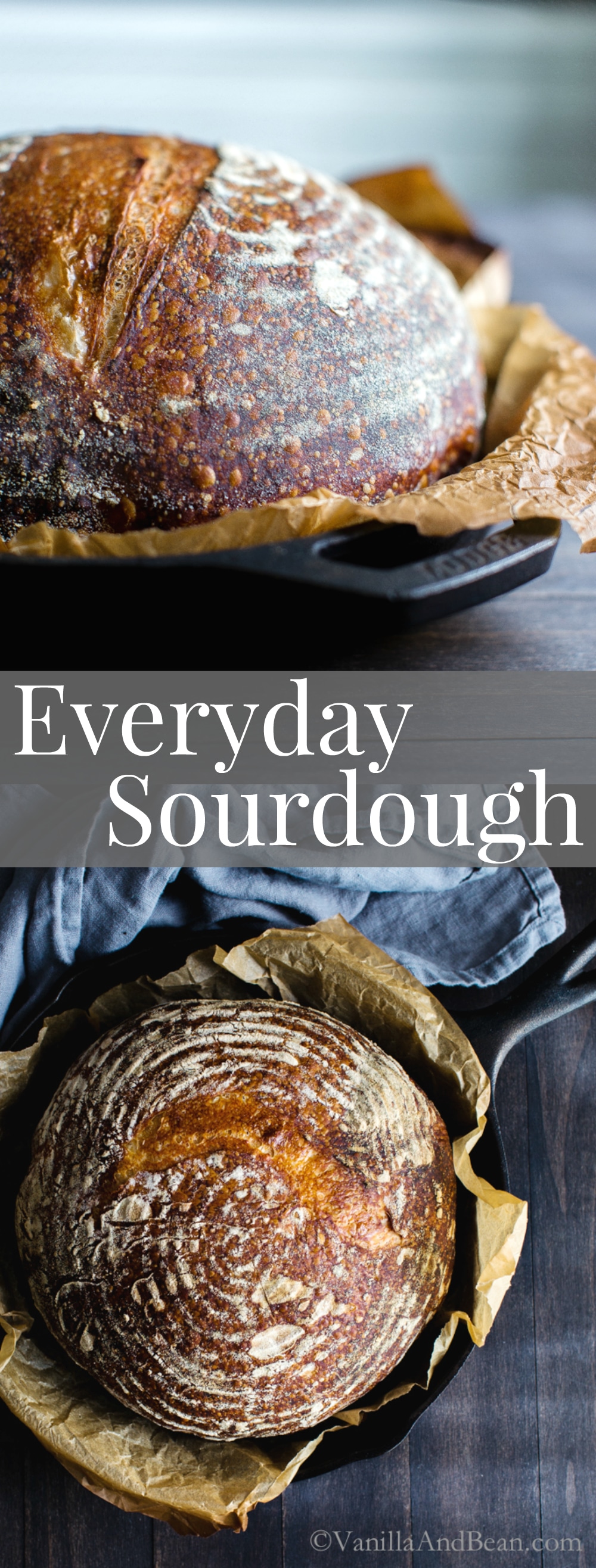
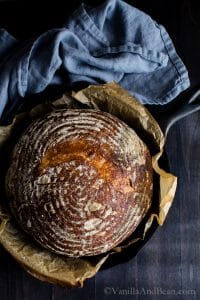
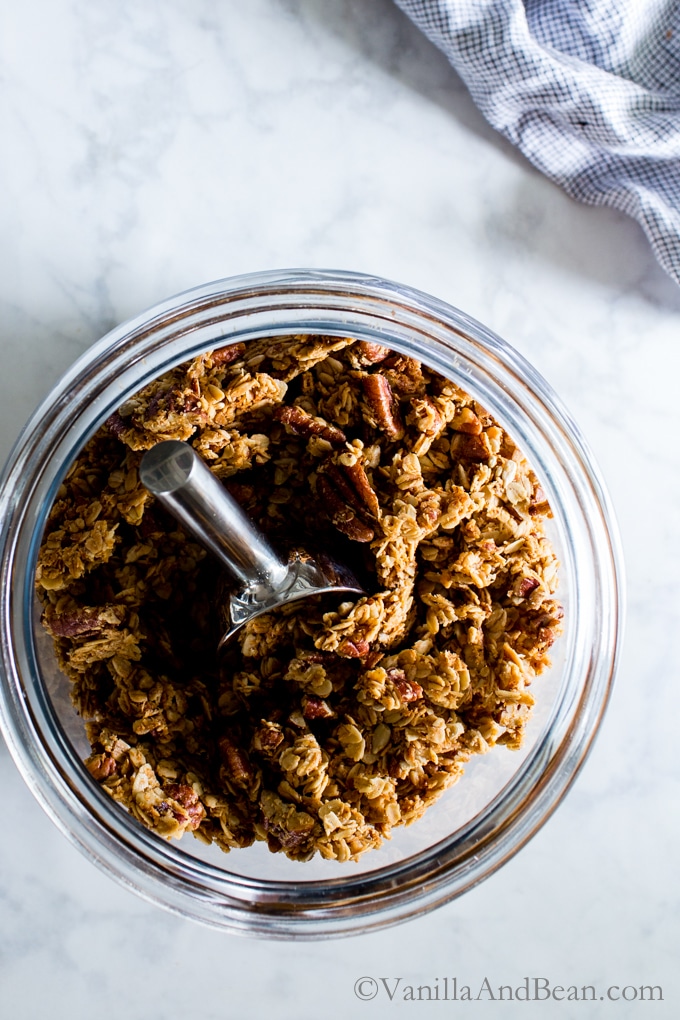
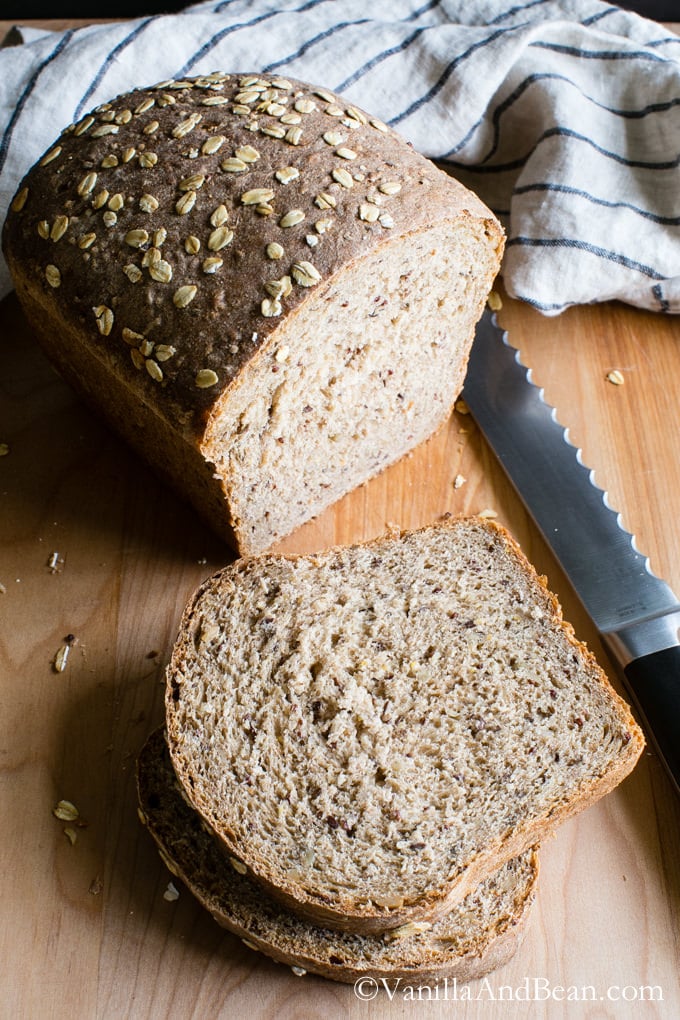
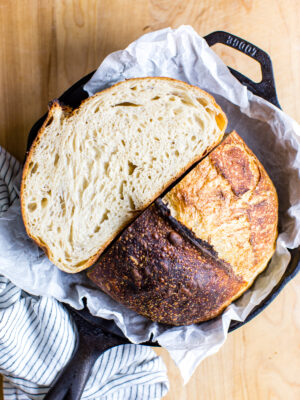

Love this recipe! I’ve made it several times and each time my bread has had the best flavor and crumb. It’s not as demanding as some recipes
Love the recipe! My go to sourdough recipe, yummy, moist and crusty! Thank you
Hooray! Thank you for your note, Abir!
Traci, I just wanted to update you as others were also asking about bulk mixing/baking. I made 8 times the recipe and had a great result. I used it for baking sourdough bread and some for sourdough pizza. All came out beautiful and delicious! thanks
I love this recipe!! Wondering if I make large bulk batches if I would just double, triple, quadruple, etc all ingredients equally so I could use a bin as opposed to individual mixing bowls
Hi Levi! SO happy to read your note. Thank you for sharing your five star rating with us! I’ve doubled this recipe before, but haven’t taken it further. I can’t imagine making larger batches would need too much adjusting. If you do it, just watch the hydration holding out some of the water, then mixing it in as you go, depending on how the dough feels.